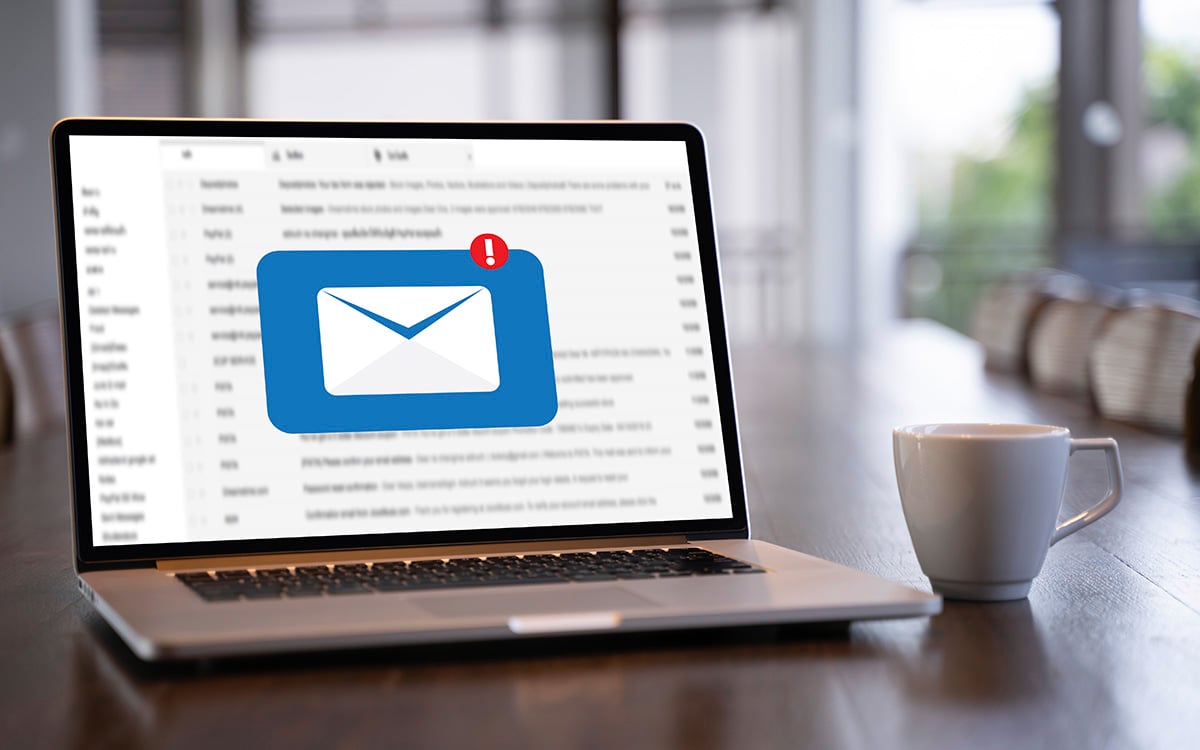Email Hygiene - B2C Email Marketing
How do you define a successful B2C email marketing campaign? What’s the average email open rate, click rate, and most effective subject line? What is an email sender score? These marketing benchmarks and email hygiene tips will help you analyze and improve your email marketing program.
Benchmarks are essential for evaluating market and behavioral factors influencing campaign data. Knowing the average email benchmarks across all industries is a great starting point for determining your ideal averages.
- Average open rate: 25.35%*
- Average click rate: 3.82%*
- Average unsubscribe rate: 0.39%*
- Average bounce rate: 0.83%*

You need strong email deliverability to hit the mark with your email campaigns. Email list cleaning will keep your deliverability in check by keeping your reputation (sender score) clean. A sender score works like a credit report. It helps to determine if messages reach your email recipients or get filtered into spam folders.
Email Marketing Tools
A robust email marketing platform is necessary to analyze and improve your email campaigns.
If you are building a new list or expanding your email list, ensure you have a clean list. Check for valid email addresses and contact permission.
Remove any contacts that aren't email subscribers from your email marketing software. Tools like neverbounce.com are great for email list cleaning.
Delivery Rate
When analyzing email campaigns, you should first determine your delivery rate. How many get delivered out of the total number sent? Bad addresses and other factors will affect delivery.
If you have a poor delivery rate, look at your email list and check the validity of your leads. Be sure that your contacts have opted in to receiving your emails. Check old email addresses for validity; email addresses can expire and become spam traps. The delivery rate is determined by how many emails reach the recipient's mailbox, not their inbox.
Your email may have been delivered but was sent to a spam or junk folder. So the delivery rate helps you determine how valid your email addresses are, and that's important. But the delivery rate doesn't tell you if you are reaching inboxes.
Getting your email delivered is just the first step. Spam targeting and junk folders will keep emails from their intended inboxes.
Deliverability
The emails that you send will develop a reputation over time. The better your reputation is, the higher your deliverability.
Deliverability is not the same as your delivery rate. Deliverability is the indicator of inbox placement. If your deliverability is low, recipients won’t see your emails. Once your email list is clean, you want to focus on deliverability.
Sender Score
Low deliverability will result in a bad email sender reputation, also known as a “sender score.”
The sender score works like a credit score. Sender scores protect consumers from spam and unwanted email by targeting and blocking suspicious email IP addresses.
Your sender score is based on the following:
Spam Reports - If recipients mark your emails as spam
Relevance/Engagement - If your recipients aren’t engaging (opening your emails and clicking CTAs)
Bad Addresses - If you send too many emails to bogus or dead accounts
Email Bounces - Soft bounces (temporary delivery failures) and hard bounces (permanent delivery failures)
If your sender score is too low, you will end up on an email blocklist (or blacklist). Your IP address is tagged, and none of your emails will be delivered. You can and should check your sender score to ensure that your emails are being delivered.
Open Rate
Open rates vary by industry. If you can obtain industry-specific open rate averages, that will give you the most accurate benchmark. The overall average hovers around 25%*, and that’s a viable starting point if you can’t get more specific data.
Because of new privacy protocols and email client peculiarities, open rate data is not always accurate. But that data is still valuable to track. If an open rate of thirty percent suddenly drops to fifteen percent, it’s worth investigating. Open rate benchmarks are still valid as averages across industries will reflect any inaccuracies.
Several factors affect open rates, but the subject line is the first and most critical. The subject line determines whether a recipient will see your email, open it or report it as spam.
Subject Line
The recipient's email service verifies emails based on several criteria. It checks the subject line, the content of the message, the send time, and the sender's email address. The email goes to the spam or junk folder if any of these details look suspicious.
The AI behind inbox filtering is imperfect, but there are ways to optimize your probability of inbox delivery. The most critical way to increase inbox delivery is with a good email subject line.
After the subject line gets you past the inbox filters, it still needs to interest the reader enough to open.
The obvious advice here is to create a catchy email subject line. However - it’s easy to go too far with creative subject lines.
You’ll know best how to speak to your buyer personas and what kind of language they will respond to. This is industry-specific, company-specific, and prospect-specific. If you sell video games, you’ll use a different tone than if you sell funeral services. Always be respectful of the reader in the context of who they are and what you are selling.
Read A Practical Look at Creating High-Value Buyer Personas for more about buyer personas.
You’ll have to determine the best subject lines for your business and clientele.
Content
You must deliver once you’ve piqued the reader's interest enough to open your email. Think of your email subject line as a promise to the recipient. The body of the email has to make good on the promise of the subject line. It has to provide valuable content to the reader through copy and/or links.
When your email reaches the recipient’s inbox, is opened, clicked, and provides value - you're on your way to a successful email program.
Click Rate
The average click rate across industries is 3.82%*
This is a much more reliable metric than the open rate for the above reasons. That makes it a very valuable indicator of engagement and interest.
You want as high a click rate as possible, regardless of your open rate. Use the clicks as the measure of real engagement by viable prospects.
The average open rate across industries is 25.35% and the average click rate is 3.82%. This means only 15% of those emails that register as “opens” result in an actual click-through. What happens to the other 85% of emails that register opens?
Unsubscribe Rate
The average unsubscribe rate is 0.39%*
Don’t fear a high unsubscribe rate; an unsubscribe is not the worst outcome. If disinterested recipients unsubscribe, it will keep you from damaging your sender score by sending irrelevant content to unengaged contacts.
An unsubscribe means the recipient looked at your email and decided it wasn’t for them. You should always include an unsubscribe link in your emails. Use that information to better dial in your lead procurement or offering.
Bounce Rate
The average bounce rate is 0.83%*
The bounce rate is a great indicator of the strength of your email list. Hard-bounced emails are not deliverable. There is no use in trying them again; that will only hurt your sender score.
Soft-bounced emails (if you have access to that data) are less common. They can occur if the email has large attachments, if it's grey-listed, or if the sender score is low. A high bounce rate will ruin your sender score.
Email marketing is a critical piece of any digital marketing strategy. Keep your email reputation in check with good hygiene, and use benchmarks as a guide. With these best practices, you'll reach your customers in the right place, their inboxes.
Learn more about lead management software and email campaign hygiene.
See also: The Evolution of Brand Marketing in 2022
*These numbers are for relative reference only, as benchmarks change over time. These benchmarks were sourced here.



